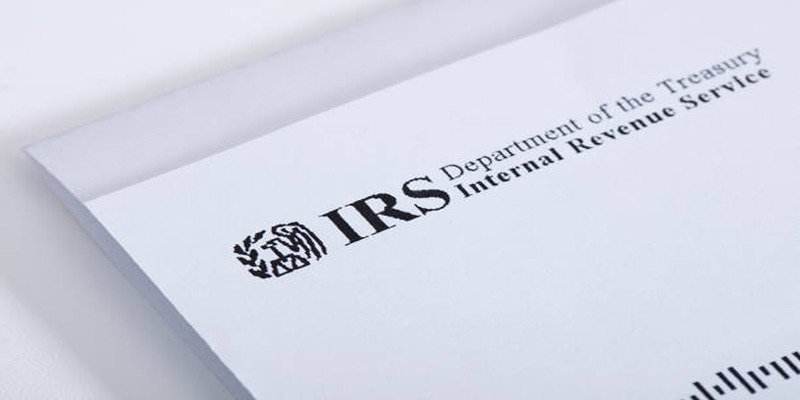Paying taxes can feel overwhelming, especially if you’ve missed filing for one or more years. Filing back tax returns with the IRS might sound intimidating, but it’s a manageable process. Many Americans face this situation due to financial struggles, missed deadlines, or simple mistakes. If you’ve delayed filing back taxes, this guide breaks down the process step by step to help you get back on track.
Why Filing Back Taxes Is Important

Avoid Penalties and Interest
When you don’t file a return, the IRS doesn’t simply forget about your taxes. The longer you wait, the more penalties and interest accrue on your unpaid taxes. Filing your back tax returns as soon as possible can minimize these additional charges.
Safeguard Your Refunds
Did you know you might be missing out on a tax refund? The IRS gives taxpayers up to three years to claim a refund. After that, the money becomes the property of the U.S. Treasury. Filing back taxes promptly ensures you don’t leave any money on the table.
Reduce the Risk of Legal Troubles
Failing to file taxes can result in more severe consequences than financial penalties. Persistent noncompliance may lead to an IRS investigation or even criminal charges. Filing back taxes mitigates these risks and allows you to regain good standing.
Step-By-Step Process to File Back Tax Returns
Follow these steps to tackle filing your overdue returns confidently.
Step 1 - Determine How Many Years You Owe
Start by figuring out how many years of tax returns are overdue. While the IRS generally focuses on the last six years, if you suspect you owe taxes for more years, it’s good practice to include them.
Contact the IRS directly by calling 1-800-908-9946 or creating an account on the IRS website to access your tax transcript. This document will detail your filing history and highlight any missing years.
Step 2 - Gather Your Financial Documents
Organizing the required documentation is a crucial part of filing back taxes. Collect W-2s, 1099s, or any other income documentation for the years you missed. Don’t forget to include any deduction or credit paperwork, such as mortgage statements, childcare expenses, or student loan interest.
If you’re unable to locate specific documents, use the IRS’s Get Transcript tool to request copies of income forms submitted by employers and other payers.
Step 3 - Download the Correct Tax Forms
Each tax year has its own unique forms, as tax laws and rates can change. To ensure accuracy, download forms for the appropriate years directly from the IRS Forms and Publications page.
Filing the wrong forms can lead to calculation mistakes, which might further delay processing. Double-check the forms and instructions before proceeding.
Step 4 - Complete the Tax Returns
Now comes the part most dread—but it’s manageable with organization. Use your documents and calculate your income, deductions, and obligations for each year. If you’re unsure about how to complete sections or claim specific deductions, you can seek assistance through IRS resources or work with a tax professional.
Alternatively, tax preparation software like TurboTax or H&R Block may support multiple-year filings for those who prefer a digital approach.
Step 5 - Submit the Completed Returns
Once completed, you can file your late returns. Depending on the situation, you have two submission options:
- Mailing: Send your completed returns to the IRS by mail. Use the address listed in the instructions for the forms for the respective year.
- Electronic Filing (E-filing): The IRS allows e-filing for recent tax years. If the year is eligible for electronic filing, this method speeds up the process and reduces errors.
If you know you owe taxes, consider including payment along with your returns to avoid additional interest charges.
Step 6 - Address Unpaid Taxes
If you owe a substantial amount and can’t pay it all at once, the IRS offers programs to make repayment easier.
- Installment Agreements: Spread your payments over time with an IRS installment plan. Apply online or via Form 9465.
- Offer in Compromise: If paying your total tax debt would cause financial hardship, you might qualify to settle for a lower amount. Use the Pre-Qualifier tool on the IRS website to determine eligibility.
- Request Penalty Relief: You might be eligible for penalty abatement if you have a reasonable explanation for your late filings, such as a natural disaster, medical issues, or financial difficulties.
Step 7 - Monitor Your Submission
After submission, check the progress of your filings and payments. For mailed returns, it’s a good idea to send them with a tracking service so you can confirm receipt. If you’ve e-filed, the IRS will generally notify you when your filing is processed.
Common Misconceptions About Filing Back Taxes
Misconception #1: I Only Need to File if I Owe Money
This is a common misconception that can lead to costly consequences. Regardless of whether you owe money or not, it’s important to file your taxes on time. If you fail to file, the IRS may assess penalties and interest on top of any taxes owed. Additionally, filing allows you to receive any potential refunds or credits that you may be eligible for.
Misconception #2: I Don’t Need To File If I Didn’t Make Much Money
Even if you didn’t make much income during the year, it’s still important to file your taxes. Depending on your income level and other factors, you may not owe any taxes, but there could be potential benefits or credits that you are eligible for.
For example, if you are a low-income earner, you may be eligible for the Earned Income Tax Credit (EITC). This credit can provide a significant refund even if you didn’t have any income tax withheld. However, in order to receive this credit, you must file a tax return.
Tips to Make Filing Back Taxes Easier

- Stay Organized: Keep all relevant documents in one place for easy access.
- Use Professional Help: A tax preparer or CPA can simplify the filing process and ensure accuracy.
- Start Early: Filing earlier in the year provides time to resolve potential issues before deadlines loom.
Conclusion
Filing back tax returns is about more than settling your obligations; it’s an opportunity to reset and start fresh with the IRS. By following these steps, you’ll save money, eliminate unnecessary stress, and avoid future pitfalls. If you're feeling overwhelmed, don't hesitate to enlist the help of a tax professional to guide you through the process. The longer you wait, the more complex and expensive the situation becomes, so take the first step today!












